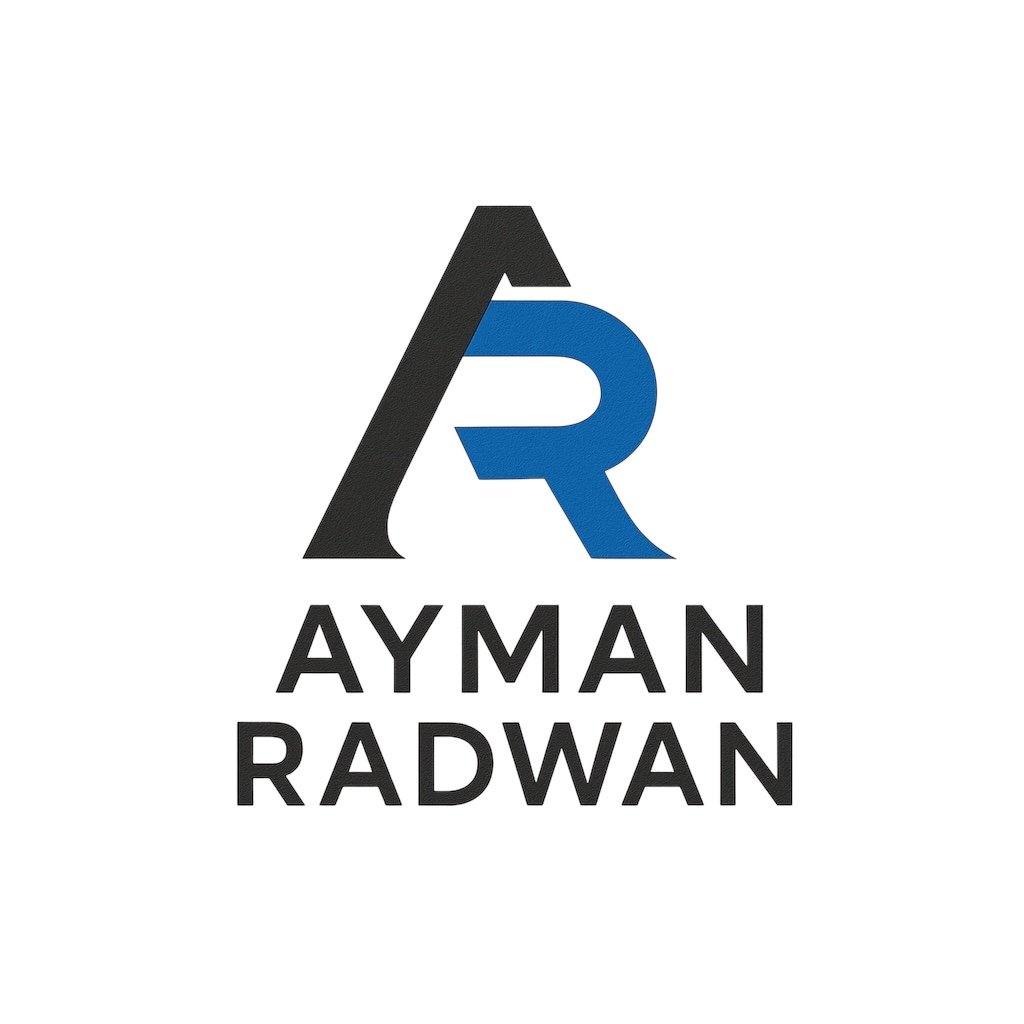Introduction: Reinventing Attention in Digital Media
In 2025, media companies are facing a new reality: reinventing attention in digital media is no longer optional. Viewer behavior—measured in active seconds, micro-interactions, and engagement signals—is the currency that drives audience retention, platform growth, and revenue. Traditional content-driven strategies are losing effectiveness; now, understanding how audiences interact in the first critical seconds defines competitive advantage.
From Views to Value: The Shift in Digital Media Metrics
Vanity metrics like impressions and raw views are fading. Platforms such as YouTube and TikTok operate as behavioral systems—tracking when viewers pause, skip, replay, or share content. These micro-signals guide editorial and distribution strategies in real time.
The 47-Second Rule: Anatomy of Attention
Research from UC Irvine and HCI summaries report that the average attention span to a single screen interaction is in the tens of seconds, often cited around ~47 seconds.
The first 5–10 seconds of content are decisive: failing to hook viewers immediately dramatically reduces retention. Media teams must design for these micro-moments.
Platforms as Behavioral Ecosystems
Short-form content has grown exponentially:
- YouTube Shorts: Optimizes for watch time and retention
- TikTok: Optimizes for early engagement and virality
- Facebook/Meta: Optimizes for community interaction and shares
- X (formerly Twitter): Optimizes for brevity and authority
Platforms do more than distribute—they interpret and reconfigure content based on behavioral signals.
Attention Is Regional: Platform Dominance by Culture and Context
- MENA: Facebook & TikTok remain major attention drivers; X leads in news & real-time commentary
- South & Southeast Asia: YouTube & Instagram Reels thrive; mobile-first storytelling is key
- Western Markets: LinkedIn & X shape professional discourse; YouTube dominates long-form
- China: WeChat, Bilibili, Douyin operate in closed ecosystems that require local strategies
Why Viewer Behavior Has Changed
Four converging forces reshape consumption:
- Cognitive overload — simultaneous streams fragment attention
- Platform design bias — algorithms reward speed & early engagement
- Instant value expectation — audiences expect payoff within seconds
- Abundance of choice — content oversupply compresses trial time
From Views to Attention Metrics
Modern measurement emphasizes attentive quality:
- Retention in the first 10–20 seconds
- Active attention seconds (seconds truly viewed)
- Delayed engagement (saves, shares, replays)
Publishers optimizing for attention metrics often outperform those focused solely on impressions, with many reporting double-digit gains in engagement within 18–24 months.
Data-Driven Creativity (With Caution)
Behavioral data should guide—not constrain—creative work:
- Identify patterns that drive engagement
- Scale content using creative craft
- Experiment with format & pacing
- Measure both engagement and cultural impact
Economics of Attention
Every second has measurable value. For instance, increasing watch time by 30 seconds across 10 million viewers yields 300 million additional seconds of engagement, enhanced ad revenue, stronger algorithmic placement, and lower churn.
Organizational Transformation: Strategic Imperative
Media companies must reorganize around behavioral metrics:
- Editorial aligned to engagement, not just volume
- Product & analytics embedded in decisions
- Compensation based on attention outcomes
- Teams structured by platform logic, not content vertical
- Platform-specific expertise invested
- Fast iteration and experimentation baked into culture
Future Outlook: 2026–2030
- Predictive storytelling reshaped by live audience signals
- Adaptive content formats aligned with attention behavior
- AI-powered scalable localization
- Behavioral-first editorial planning
Publishers who begin reinventing attention in digital media now will dominate in the coming decade.
References / Outbound Links
- “YouTube Shorts over 2B monthly users” — DemandSage statistics DemandSage
- UC Irvine / UC HCI attention research (Mark, Gloria) — see UCI publications and HCI summaries
- “YouTube Shorts hits 200B daily views (2025)” — Digiday / industry reporting Digiday+1

